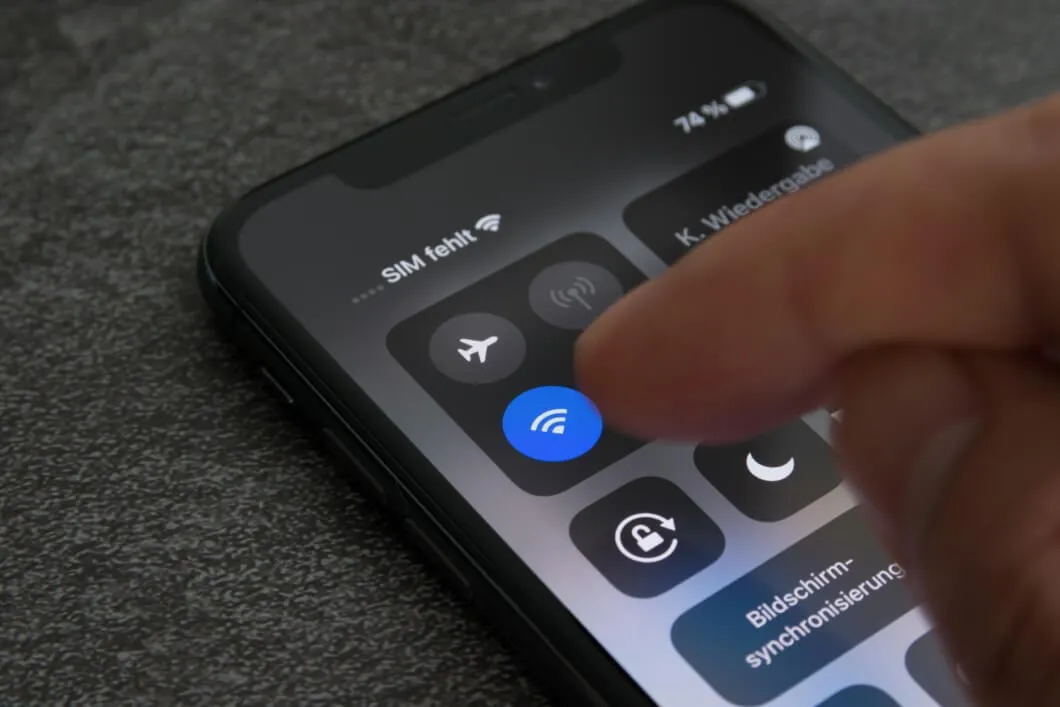
How do you ensure that the hotel guests enjoy WLAN (wireless local area network) which is stable and powerful in all rooms? There are two things to consider.
The stability and performance of the guest WLAN depend on two factors per se: on the one hand, the available bandwidth on-site, and on the other hand, the selected density of the WLAN system.
The maximum available bandwidth is determined by the local infrastructure - i.e., whether the hotel has a copper or fibre-optic connection - and also by the type of Internet subscription you have chosen. One thing is clear: the more bandwidth available, the more powerful the guest WLAN. This is because guests share the available capacity. And if everyone wants to surf the Internet, make video calls or stream movies at the same time, there can be a traffic jam - just like on a highway at the rush hour - and the connection can be impaired.
That's why it's worth taking into account not only the average bandwidth requirements per guest but also the requirements at peak times. Should it be the two-lane highway, with traffic jams around 5 p.m., or the four-lane highway, which is hardly used the rest of the day? No one can take this fundamental decision off your hands. The important thing is that you make the decision consciously and obtain the appropriate subscription from the Internet provider. If possible, it is recommended to offer guests a good WLAN experience even during peak times. If there is not enough bandwidth available due to the infrastructure on-site (lines), it is possible to set up supplementary mobile access.
In addition to the bandwidth, the right positioning of the WLAN system is also a key factor. It determines how good the coverage is in the hotel or in the individual rooms. Access points (small boxes on the ceiling) are primarily responsible for this, as they transmit or amplify the WLAN signal and thus ensure better and more stable reception for the hotel guests. Accordingly, you can increase the WLAN coverage with additional WI-FI access points as desired.

There are almost no limits here. You can build WLAN systems that cover even the smallest corner of the hotel and allow up to several thousand users. However, to avoid costs getting out of hand, it is worthwhile, especially for small and medium-sized hotels, to evaluate where good coverage is absolutely necessary (for example, in the lobby or in the rooms) and where it is not (for example, in the garage or in the restrooms) and to select the number of access points accordingly and determine their ideal placement.
So you see, there's a lot that can be done to improve public WLAN (PWLAN) performance and stability. Given the increasing importance of digital services across broad segments of the population, in the long term, there is little a hotelier can do about the PWLAN issue. However, copy-paste solutions are usually out of place, as both the location of the hotel, the architecture and infrastructure, and the composition of the hotel guests and their needs should be taken into account when planning and implementing a PWLAN solution.









